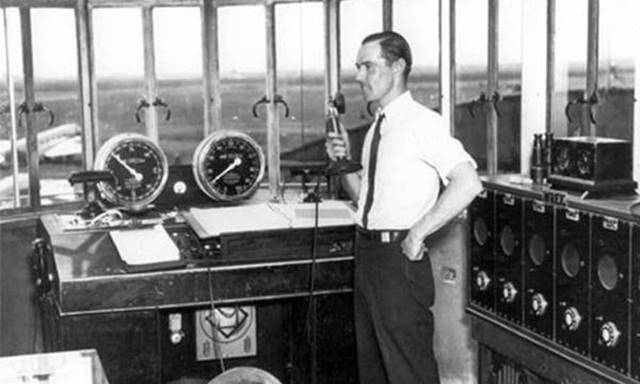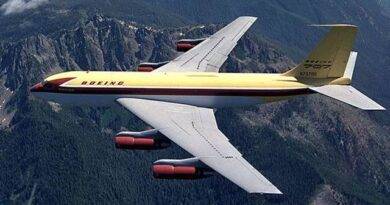Archie W. League & ATC History
Back in the days when air traffic needed a single guidance, being green or red for proceed or hold, the job of Air Traffic Controllers was way more dangerous! Early controllers had to stand in a noticeable location in the airfield in order to signal the pilots.
In 1929, first controller to serve, also known as Archie W. League, was positioned at the airfield in St. Louis, Missouri.
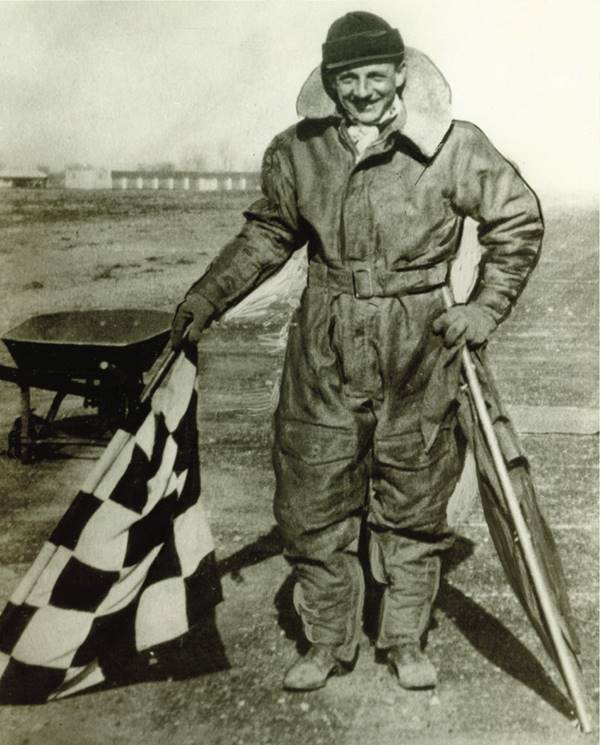
Unlike todays controllers, his control tower was a wheelbarrow topped with an umbrella for the summer heat. He was able to regulate take-off and landings using his checkered and red flags. Many other airports soon started hiring their own ATCs and adopted this flag system as it provided a safer operation. Then came the problem; it was impossible for use at night or bad weather conditions. So, the flags were replaced by light guns and these operated either from a portable station or a glassed room on top of the hangar, what we call today “control towers”.
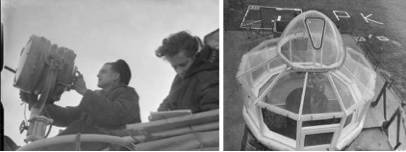
These however, were not able to solve the problem as they also were useless in bad weather and the pilots were usually busy flying thus, unable to maintain a constant lookout. In addition, controllers were unable to make sure that the pilots received their message. A reliable two-way communication system was a must at this stage.
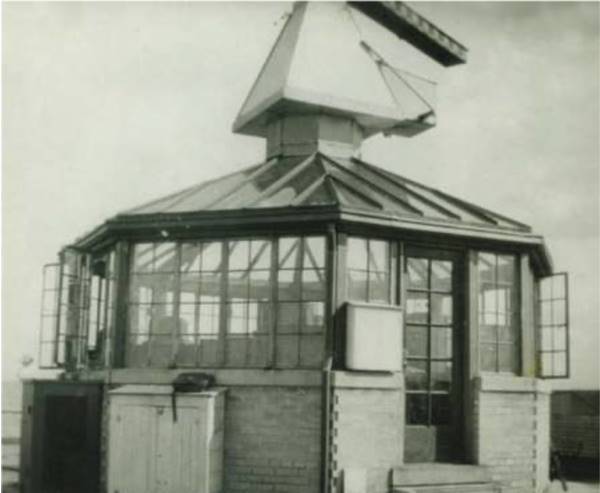
In 1930, the introduction of radio communication was made in Cleveland Municipal Airport, Ohio. With a range of 15 miles, the controllers were now able to issue traffic instructions and broadcast valuable information to aircraft which were carrying radio equipment. The flagmen soon got replaced with more airports hopping on the trend. The process however, was slower than expected; the radio equipment were difficult to use, unreliable, expensive and heavy. Most aircraft couldn’t provide sufficient power to operate them. Even if they did, the airlines were hesitant as there also was no legal obligation to contact ATC, because they still were the employees of the airport.
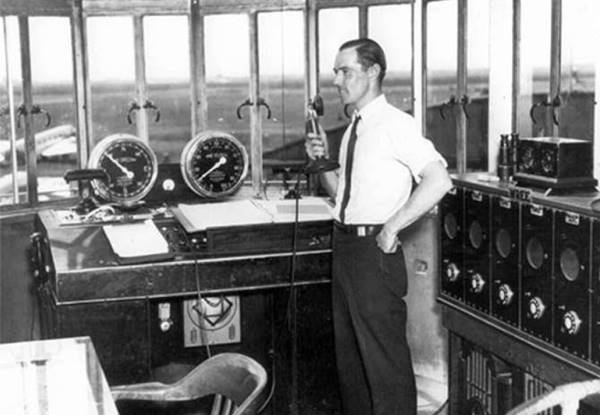
The 1930s changed many things since considering many improvements made in the tech side of the sector. New airliners were introduced such as Boeing 247, Douglas DC-2 and DC-3 and these aircraft were equipped with advanced instruments including radio navigation. This led to the wide disparity within performance
measures between the air traffic as there were older aircraft still in service. Increased complexity of the traffic boosted the process and in 1934, Bureau of Air Commerce was founded. The Bureau was responsible for the regulation and separation of traffic along national airways and actually establishing these airways and navigation aids. Two years later, instrument flight rules (IFR) was again, established by the Bureau. So, for the separation of traffic operating on these airways under IFR circumstances, first experimental Airway Traffic Control Units (ATCU) were formed by the major airlines.
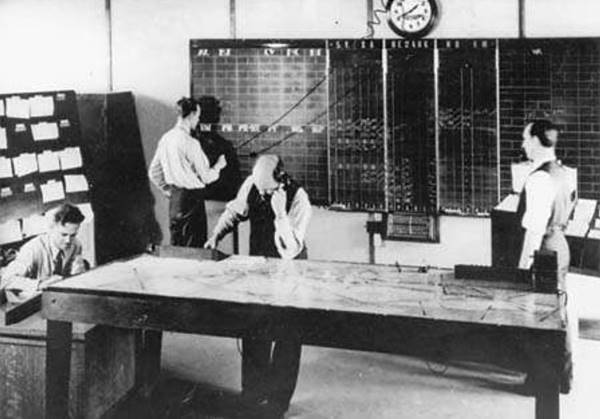
These units, also known as en route controllers today, had no direct radio link with the pilots. Instead, they relayed their instructions by contacting dispatchers, airport traffic controllers and airway radio operators.
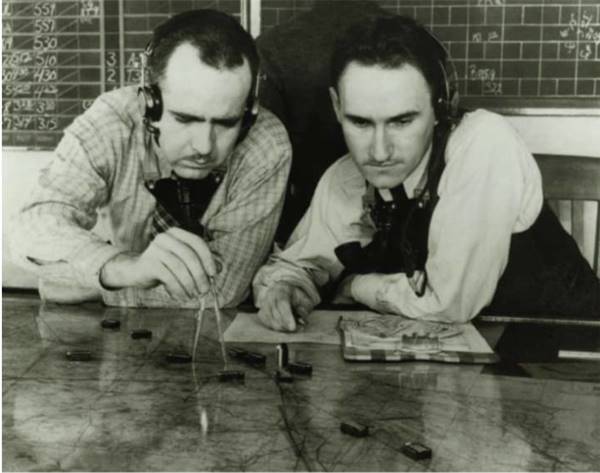
As there were no radar, they kept track of the position of aircraft using maps and stored information on blackboards. The pointed markers (aka “shrimp boats”) represented aircraft and were moved across the map as flights progressed. Within two years, the Bureau decided to acquire ATCUs from airlines and hire them as federally certified controllers. Later on in 1940, the Bureau was renamed as Civil Aeronautics Administration, its last name before becoming FAA. It’s 1945 and the WWII has come to an end. Huge leaps forward in aviation has been made, including radar technology and modern airliners with turbo-compound piston engines providing transcontinental ranges.
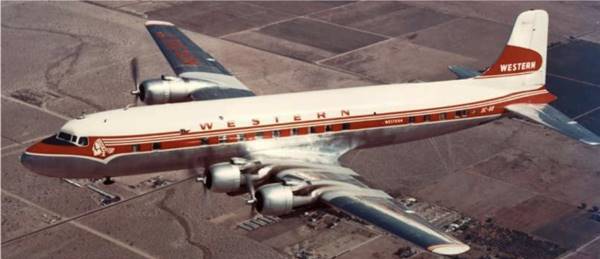
The CAA started experimental radar-equipped control service for civil flights in 1946. Also in 1948, DME and VOR stations were installed. The use of these helped civil aviation stay afloat in the postwar boom of commercial air transportation. The improvements kept coming and the age of jets began. Turbojet aircraft like Douglas DC-8 were now flying in the same airspace. Ongoing advancements in technology continuously increased the performance difference between aircraft and after sixty five midair collisions in five years meant there was a need for change. In 1958, the Federal Aviation Act was passed, creating the Federal Aviation Administration (FAA).
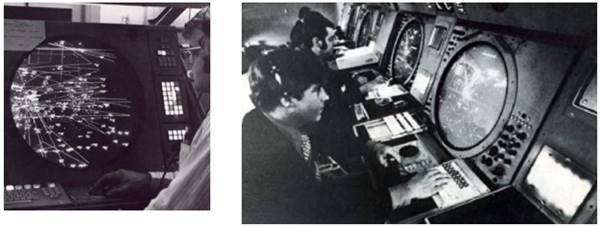
In the 1960s, the FAA began to develop complex computer systems and soon, ATCs got on a simulated 3D radar screen and the shrimp boats were replaced by computer processed information sent from aircraft radar beacons or transponders. The identity, altitude and groundspeed of aircraft were now within the scopes of the controllers. Last but not least, the very first flagmen Mr. League, retired from the FAA, as an Assistant Administrator in 1973, topping his 36-year career.
Content editor: https://www.linkedin.com/in/sermetozturk
